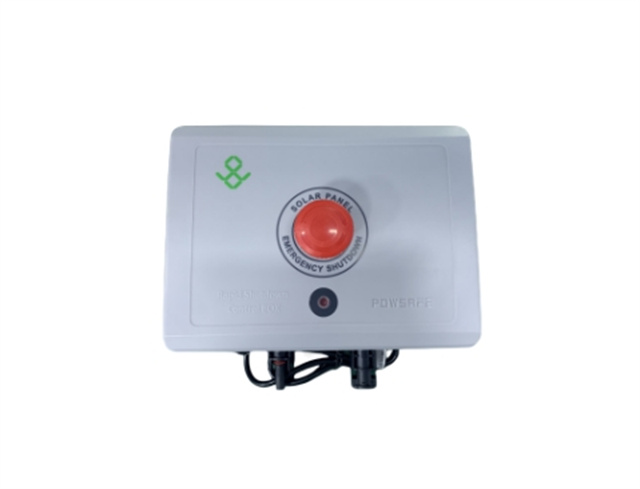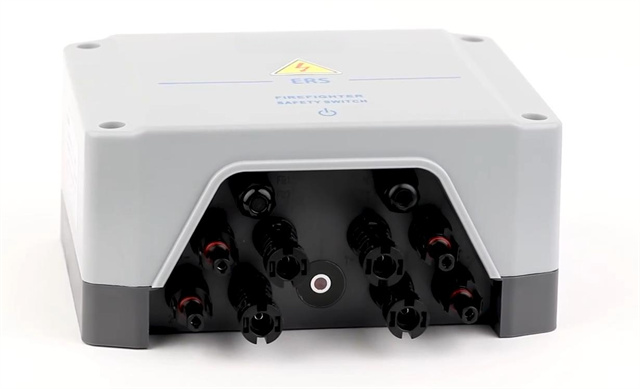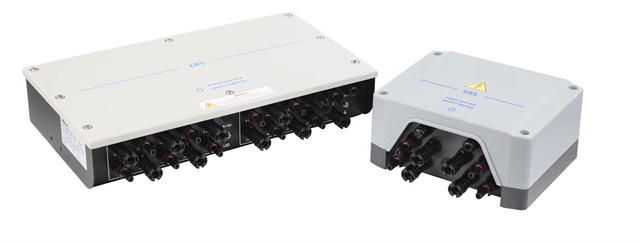Author:BLD Solar Energy SystemFROM:Solar System Converter Manufacturer TIME:2023-08-28
Exploring the Applications of Solar Rapid Shutdown Requirements

The solar industry has been rapidly expanding over the past few decades, with photovoltaic (PV) systems becoming a popular choice for generating clean and renewable energy. As technology evolves, ensuring the safety of solar installations remains a top priority. One key aspect of safety is the implementation of rapid shutdown requirements for PV systems. This article aims to explore the applications of these requirements, their benefits, and their impact on the solar industry.

Solar rapid shutdown refers to the ability to quickly and effectively shutdown PV systems in case of emergencies or maintenance. Traditionally, solar panels were known to present risks of electrical shock or fire hazards during emergencies such as fires or natural disasters. Rapid shutdown requirements aim to mitigate these risks by ensuring that the flow of electricity from the panels to the grid is swiftly halted, protecting both first responders and maintenance personnel.
By implementing rapid shutdown measures, firefighters can more confidently approach buildings with solar installations during emergencies, as they are assured that the PV system will not pose a threat. In addition, maintenance personnel can safely work on solar systems without the risk of unexpected electrical discharges. Rapid shutdown requirements thus serve as a crucial safety measure, preventing accidents and potential harm.

While safety is the primary motivation behind rapid shutdown requirements, it also carries significant implications for the solar industry. As these requirements are integrated into building codes and industry standards, solar installers and manufacturers must adapt their practices to comply with the regulations. This shift has led to the development and adoption of new technologies and designs within the solar sector.
For example, module-level power electronics (MLPE) solutions have become increasingly prevalent in the industry. These devices allow for individual panel shutdown, ensuring that each solar module can be turned off independently. MLPE technologies such as microinverters and power optimizers provide not only rapid shutdown capabilities but also increased energy production, module-level monitoring, and system design flexibility. The rapid shutdown requirements have thus spurred innovation in the solar industry, driving the development of more advanced and efficient PV systems.
Furthermore, the adoption of rapid shutdown requirements has a positive impact on consumer confidence. With enhanced safety measures in place, potential solar system owners can feel reassured that their investment is secure and will not pose unnecessary risks. As a result, the integration of rapid shutdown requirements into solar installations can help to boost market growth and encourage more widespread adoption of PV systems.
The applications of rapid shutdown requirements in the solar industry have far-reaching implications. Not only do they enhance the safety of solar installations, but they also drive innovation and provide assurance to consumers. The integration of rapid shutdown measures into building codes and industry standards has paved the way for the development of new technologies, ensuring that the solar industry continues to thrive. By prioritizing safety and adapting to changing regulations, the solar industry can confidently move towards a future built on clean and renewable energy.
